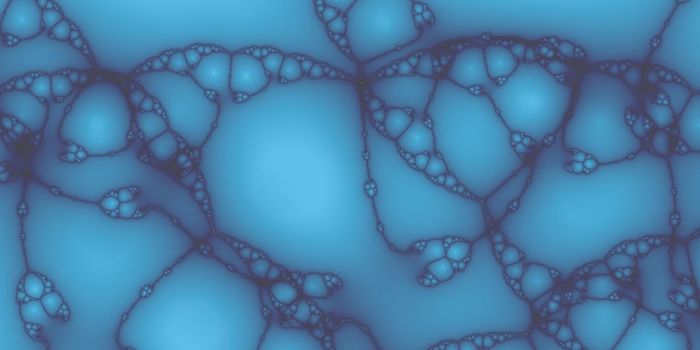New weapon against antimicrobial resistance strikes down bacterial cell walls
For millennia the arms race between bacteria and animals was fought through mutations and evolution. As modern bacteria evolve antimicrobial resistance, developing new treatments is a critical area of scientific research.
We could develop all new antibacterial approaches, but why reinvent the wheel? Naturally derived products are being repurposed and synthesized for our clinical arsenal against bacteria. Recent findings published in Nature Communications explain how we might soon wield new weaponry against bacterial walls.
Image Credit British Library and Wikimedia, no known copyright restrictions, cropped.
Our antibacterial defenses and treatments attack bacterial cells like micro-siege engines bombarding a castle’s rampart. The first successful battering ram out of the scientific siege workshop was penicillin. Bacteria produce a structurally supportive mesh of sugar and amino acids to drape their rigid cell walls. Penicillin binds and disables the final enzyme necessary for attaching this peptidoglycan mesh.
Scientists are currently developing synthetic versions of endogenous antimicrobial peptides to attack drug-resistant bacteria. These molecules act like screws, burrowing holes in the walls of bacteria to spill their contents.
There are other potential targets for bacterial wall disruption. Dispersed throughout bacterial membranes is the essential enzyme phospho-N-acetylmuraminic acid-pentapeptide translocase, also known as MraY. This catalyst is necessary for an early step in peptidoglycan biosynthesis.
There are several endogenously occurring inhibitors of MraY called nucleoside natural product inhibitors. These chemically complex molecules possess antiviral, antitumor, and antibacterial talents and have yet to be weaponized for clinical use. Like penicillin, they prevent the production of protective peptidoglycan coating.
The sphaerimicin are a class of naturally occurring macrocyclic nucleoside inhibitors of MraY. Research on these strong antibacterial molecules by Nakaya et al has discovered how they’re built to bind and disable MraY, and how we might go about synthesizing simplified versions for microbiological siege warfare (2022).
Nakaya et al. determined the complex chemical structure of sphaerimicin and its various stereogenic centers. With the stereochemistry in hand, the researchers from Hokkaido University in Japan determined the source of its inhibitor potency.
They synthesized simplified analogs of sphaerimicin’s by removing areas of the macromolecule not involved with MraY binding. Their trimmed-down analogs maintained an essential piperidine ring and other elements of the macrocyclic core critical for binding and inhibiting MraY. Most importantly, they maintained “antibacterial activity against Gram-positive bacteria,” and were potent against drug-resistant strains of S. aureus, E. faecium, MRSA, and VRE.
Nakaya and the rest of the Ichikawa group succeeded in balancing molecular potency with chemical synthesis accessibility with their simplified sphaerimicin analogs.
Not intimidated by complex structural stereochemistry or imagery, the authors concluded that “the macrocyclic skeleton found in this study and its detailed molecular interaction with MraY provides a scaffold for developing potent MraY inhibitors, which could be promising leads for antibiotics against drug-resistant bacteria.” Future directions include refining more analog siege engines for mass production.
Sources: Nature Communications









